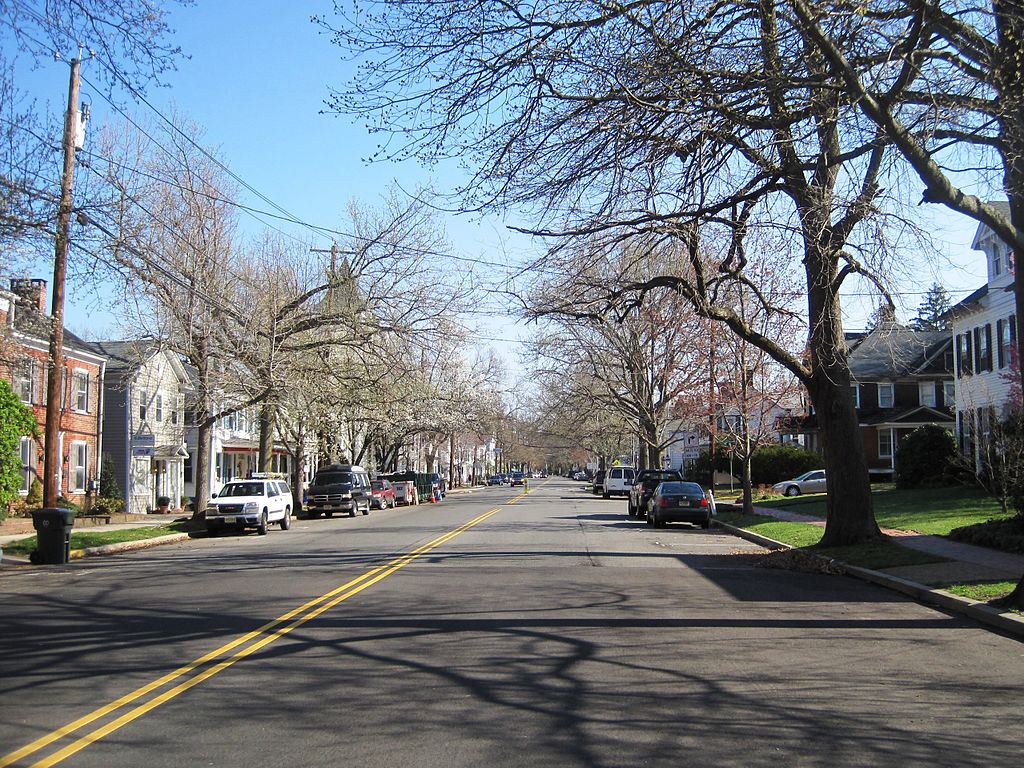
By Frank Andorka, Senior Correspondent
Like Puerto Rico, Haiti is a country that often only finds its way into the U.S. consciousness if something bad happens on the island nation. But one year after its new president launched his “Change Caravan,” there is potentially good news coming about the rural electrification of the country – and solar has played a critical role.
More than 7,000 individual solar systems have been provided since May 2017 to households in 11 of the most rural areas of the country. The government’s press released notably does not say installed, so it’s unclear how many of the systems are actually producing electricity at this time.
The country’s central solar power plant has also been reinforced and multiple community solar plants have been installed.
The push for solar electricity is part of President Jovenel Moïse’s major initiatives to electrify the country’s rural areas and provide everyone in the country 24-hour electricity by the end of his term.
Moise’s “Change Caravan” is his attempt to improve the country’s infrastructure more rapidly than ever before, to improve the country’s independence and resilience in the face of natural disasters like earthquakes and hurricanes.
As Steve Hanley reported in CleanTechnica earlier this month, “a study by Worldwatch calculated that Haiti receives about the same amount of sunlight annually as Phoenix, Arizona. Much of Haiti’s electricity comes from diesel generators. With the high cost of imported diesel … solar costs less than electricity from the grid the first day it is installed.”
Hanley added:
The government is fully supportive of the effort to bring renewable solar power to the country. Last September, parliament eliminated all import duties and tariffs on solar equipement, Forbes reports. Economy and Finance Minister Jude Alix Patrick Salomon stated in an interview with Haiti newspaper Le Nouvelliste, “we wanted to encourage, as part of this budget, the acquisition of equipment from alternative sources of energy.”
More:
10Power Leads Haiti Toward A Sustainable Future Powered By Solar Energy (CleanTechnica)




